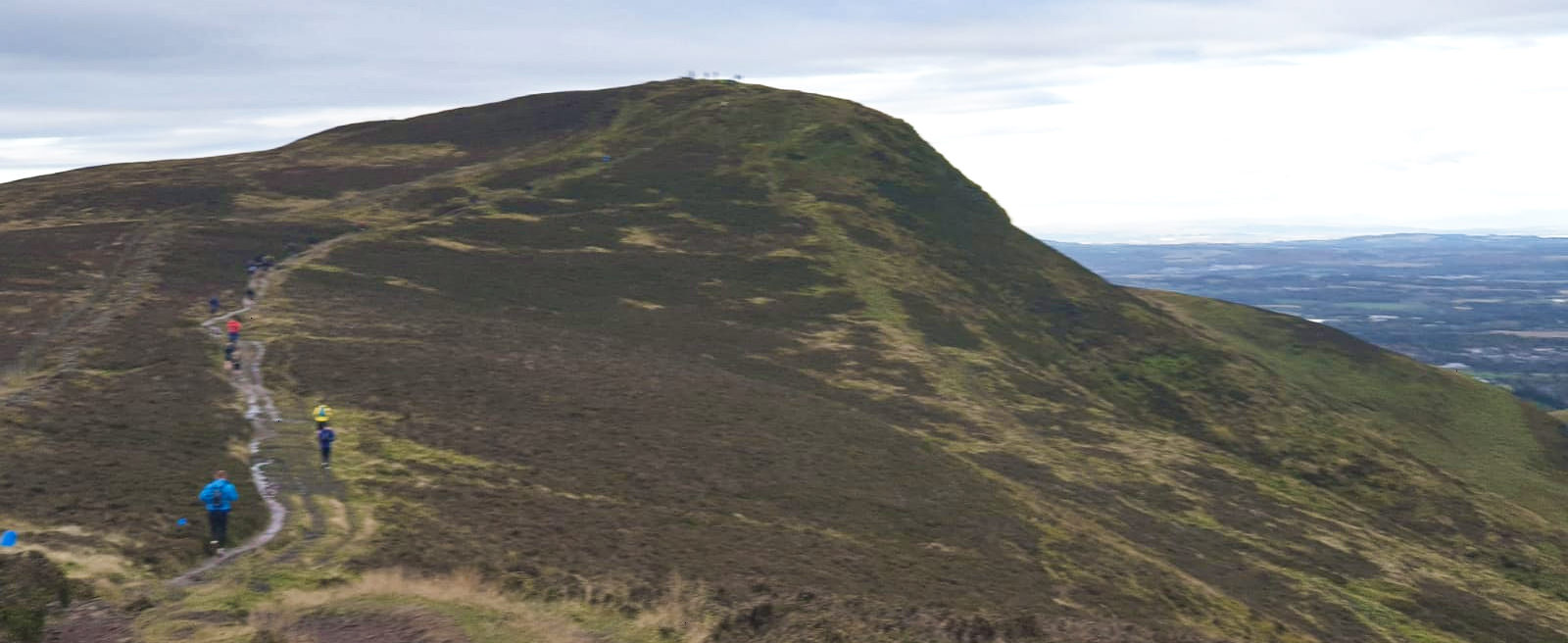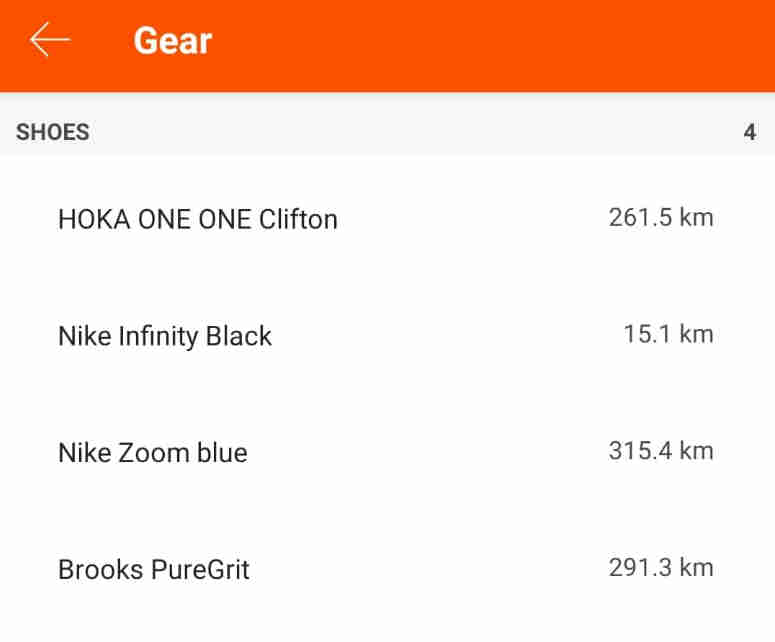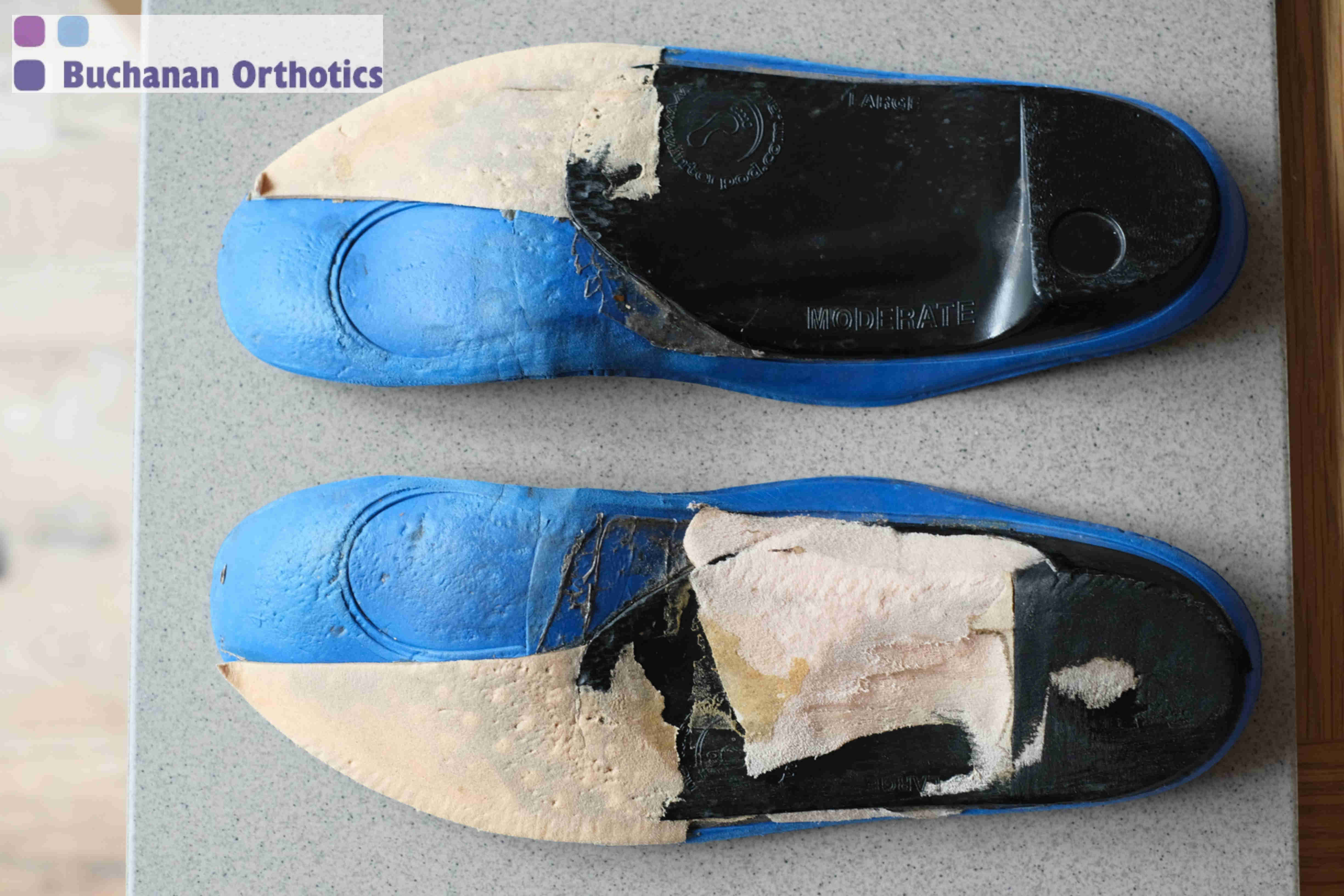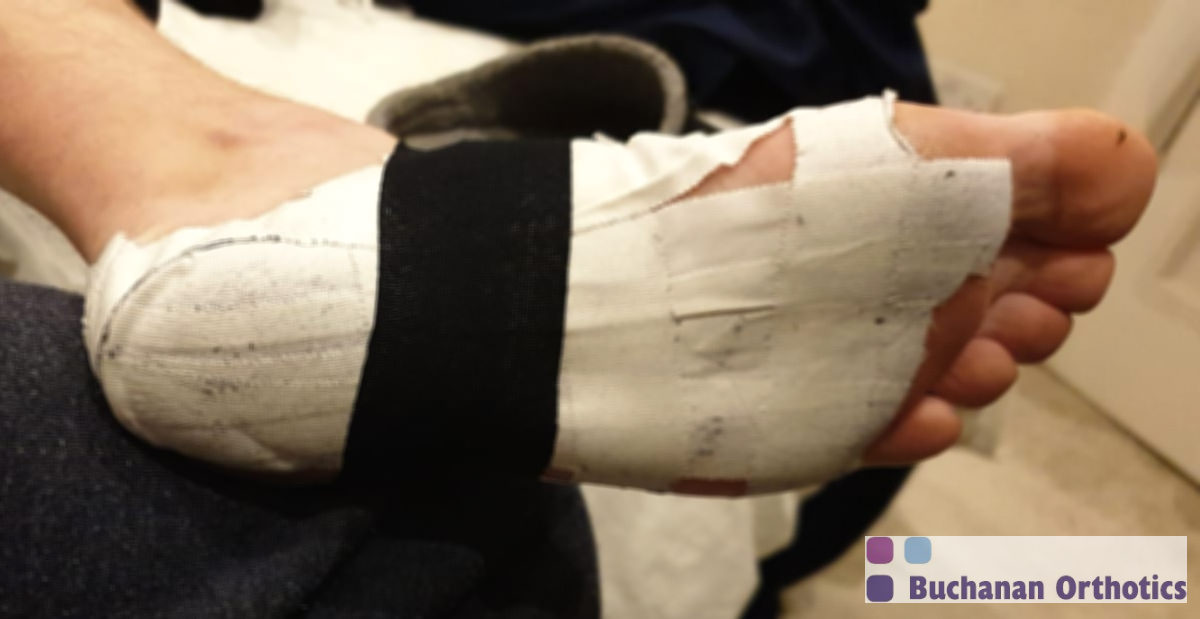
We asked our Orthotist Graham for some of his running tips and how avoiding injury.
What is your running experience?
I have been running off and on since I was at school. It wasn't till I was in my mid 20’s that I started running longer distances. It started with running a half marathon then progressed to running Ultra Marathons. I enjoy the longer distances as it's less about getting a good time and more about making it to the finish line.
What are your tips for first time runners?
I always say start slow and build up your time and distance slowly. Also there is no shame in walking if you feel the need. The aim is to build up time on your feet. I always find a brisk walk can be just as fast as a slow run.
When running Ultra’s most people employ a walk run strategy so I don’t see why people should feel embarrassed if they have to walk.
Training runs
I think one thing people forget when going out running is to have an aim for that run. I should add that running for enjoyment is a very good reason. I tend to group my runs into 3 different categories.
Long and slow
Or LSR (long slow run) which I generally do fasted so first thing in the morning before breakfast. You don’t have to do it before eating, I just find that works best for me. My aim for this run is to improve endurance and cardiovascular fitness.
Long interval run
This type of run will involve longer sections of fast running of about 1 - 1.5km followed by a period of slow running or walking.
Short interval run
This is a classic interval type run with multiple short very fast intervals generally with a rest in which I will walk.

Footwear
In my profession I think a lot about shoes and trainers. Generally my advice is to wear trainers that are comfortable and you like to run in. There really is no evidence that stability or cushioning trainers will help with injury prevention.
My top tip if you can afford it is to use multiple trainers from different brands and alternate them between runs. I currently use a pair of Hoka and two pairs of Nike. My reason for this is that a lot of running injuries are from the repetitive nature of running. Different shoes will alter your running mechanics thereby stressing different tissues and decrease the cumulative repetitive nature of the running.
I won’t buy expensive trainers generally sticking with last year's older versions often buying a few pairs in a sale. I should also add I only recommend multiple pairs of trainers if you have a relatively high weekly mileage with minimal rest between runs.
Lacing
It is often overlooked but there are different ways to lace your trainers. This can often be enough to remove some problems. I will often use a heel lock type of lacing to ensure my foot is held in snugly in the trainer. This is also great if you are running through wet ground and mud.
In some trainers I find they put a bit too much pressure on the top of one point of my foot. I will often alter the laces to remove this pressure.
Wear
Another top tip is to track how far you run in each trainer. I generally find I can go about 500km in a pair before I start to feel niggles in my knee. For this reason I use Strava to track how far I have gone.

Strava tracking shoe usage
Insoles / Orthotics
I do wear insoles in my trainers and for most of my running I used a stock insole that I had heavily modified. At the moment I am testing some 3d printed insoles to see how long they last.

My Heavily modified stock insoles (Interpod Flex moderate arch)
Running Injuries
I have suffered a number of running injuries over the years. When I started out I really struggled with Iliotibial band syndrome. When I first started to run Ultra’s I had some issues with stress fractures. Currently I occasionally have symptoms of Plantar heel pain / Plantar fasciitis.
Rest and recovery
Rest and recovery is an important part of any exercise regime. Your body needs time to improve the strength of both bones and soft tissues. If you don’t give your body the time it can lead to soft tissue injuries and stress fractures.
Running puts stress on your body and when that stress is added to everyday stresses it can sometimes be too much for you to properly heal and may result in increased injury risk and illness.
Some fitness trackers can track stress via heart rate variability which can be helpful when planning training.
What did you do to help with Plantar fasciitis?
We have a guide to Plantar heel pain which has a nice overview of treatments.
My self treatment will generally start with taping my foot when I start to feel a niggle. I use a mixture of techniques as I find that works best for me.

Example of taping for heel pain
I will also focus on stretching my calf and hamstrings as they are prone to become tight. I will also do intrinsic muscle strengthening exercises to strengthen the muscles in my feet.
Cross Training

I am a big believer in cross training, that is not just going running. Strength training is really important as is mobility work. You don't need any fancy equipment to strength train for running and I will focus on exercises that mimic running. By that I mean you will do it standing on one leg. That can be activities such as single leg squats and Romanian dead-lifts the thinking being running is a single leg activity as only one leg / foot is in contact with the ground at any one time. Not to say I won’t do normal squats but I will try and do 10 or 20 single leg squats a day just to practice as they also help with balance.
My general strength training will involve squats for the quads, deadlifts for hamstrings and calf raises. Normally I will mix this in with general exercises like push-up, sit-ups and planks.
I am also a fan of cycling but I am more of a fair weather cyclist.
When I can I like to do Les Mills classes with my favourites being CXworks for core strength, Body Balance for mobility and body pump for strength. I used to do them at a gym but now I do them online at home.
Stretching
I am not known for my flexibility and generally hate stretching. However I will try my best to stretch when I can. I normally focus on my calfs, hamstrings, quads and hip.
I don’t like static stretching but will run the muscles through a gentle stretch with some eccentric components. An example of this would be to stretch my calf. I will stand on the bottom stair with my forefoot then slowly drop my heel down then go up onto my tip toes then slowly lower down again and keep going up then down.
I love the book ‘Deskbound: Standing Up to a Sitting World’ by Kelly Starrett. It may be a bit advanced for most people but any of his books are a great resource.
Do you have any general hints or tips?
There are a few tips that I always tell my patients with regards to stretching and balance activities. I generally advise that little and often is the key. Rather than do 30 minutes each day, which most people will struggle to do in my experience, lots of little 'doses' can work better. I normally suggest a few minutes 3 or 4 times a day. I like to do single leg squats when I brush my teeth for instance. I am not talking about full pistol squats but half range and that is 2 sets of 2 minutes done. Throw in some heel raises doing the dishes after dinner and the time starts to add up. When doing things little and often it is important that it is every day, think of it as a small piece of maintenance to keep on top of things.
I am also a believer in running for how your feel. If you are really not feeling the run, be it you have had a stressful day, I will sometime cut the run short or change my plan for that run. If I decide to cut it short I will then try and make it up with a different activity. Not to say I won't grind out a long run when I have to I just don't think you should be a slave to a training plan.
Something that is talked about a lot in physiotherapy is exercise dose. You want to think about all running and exercise as a dose, like a medicine if the dose is too small you want see any improvement if it is too high you can get injured
Other Resources
The internet is full of useful resources. I have found James Dunne's website Kinetic Revolution of help especially his 30 day challenge which is great for mobility and strength training for runners.
Assessment during the Covid-19 pandemic
If you are experiencing pain when running we may be able to help. Currently we are not doing any face to face consultations but will soon be offering video consultations. Our clinicians will be able to offer advice and may recommend any off the shelf devices if they are appropriate.
Please get in touch if you would like to have a chat about any issues you are having
Contact Details
Email: [email protected]
Call: 0141 440 1999
Address: 603 Helen Street, Glasgow, Scotland, G51 3AR

